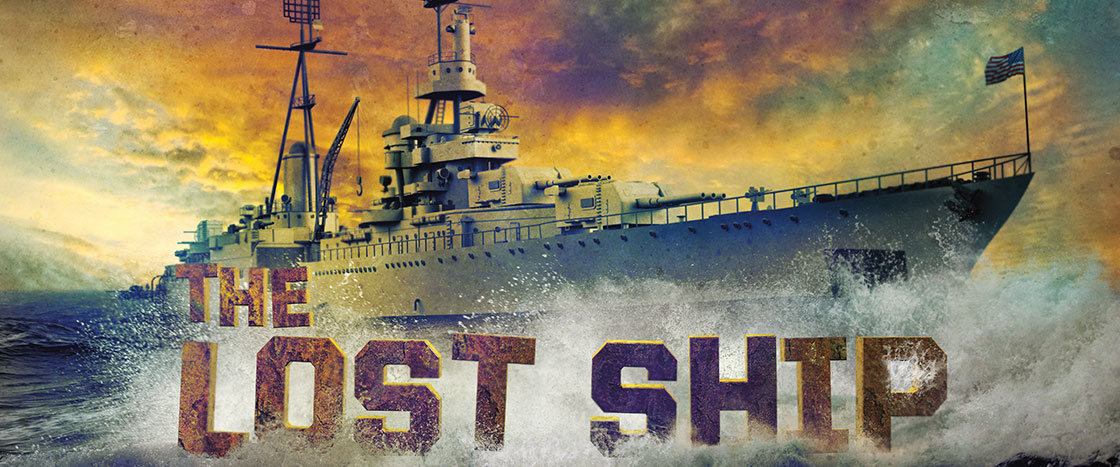On July 29, 1945, the USS Indianapolis sailed through the warm waters of the Pacific Ocean. The ship was hundreds of miles from land, wrapped in the darkness of night—just a whisper of a shadow on an endless sea.
The air was blistering hot, and some crewmen had brought their bedding above deck to sleep under the stars. Despite the heat, the mood was hopeful. For nearly six years, more than 30 countries had been fighting in bloody battles across Europe and the Pacific. But the global conflict, known as World War II, was coming to an end. The war in Europe had ended with Germany’s defeat. It seemed only a matter of time before Japan, Germany’s ally, was defeated too. Then everyone could go home.
But the Indianapolis would never go home.
On July 29, 1945, the USS Indianapolis sailed through the warm waters of the Pacific Ocean. The ship was hundreds of miles from land. It was wrapped in the darkness of night—just a whisper of a shadow on an endless sea.
The air was uncomfortably hot. Some crewmen had brought their bedding up to sleep under the stars. Still, the mood was hopeful. For nearly six years, more than 30 countries had been fighting in bloody battles. These fights stretched across Europe and the Pacific. But this conflict, known as World War II, was coming to an end. The war in Europe had ended with Germany’s loss. Japan, a country on Germany’s side, would likely be defeated soon too. Then everyone could go home.
But the Indianapolis would never go home.


